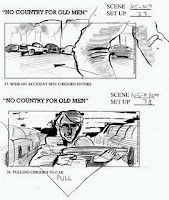Below is a short documentary about the history of opening sequences:
You should aim to take some stills from the different eras and make some notes about how the opening sequence and titles have changed over the years.
You should aim to take some stills from the different eras and make some notes about how the opening sequence and titles have changed over the years.














